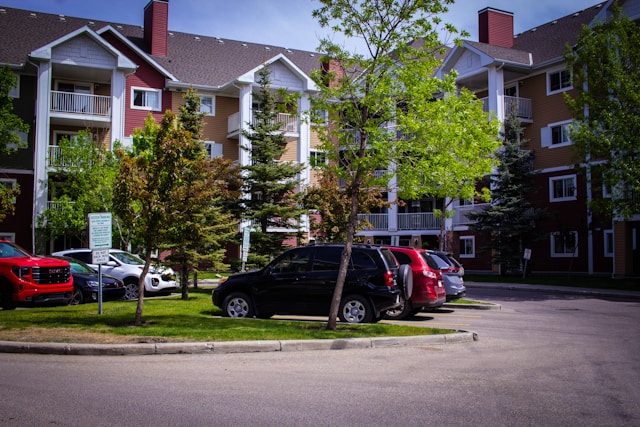The decision to offer your rental property fully furnished can be a strategic move that attracts a unique tenant demographic and potentially increases rental income. However, this decision comes with its own set of considerations and challenges. In this blog, we’ll explore the key factors landlords should keep in mind when opting for furnished rentals.
Know Your Target Market
Understanding your target tenant demographic is crucial. Furnished rentals often appeal to students, young professionals, or individuals in temporary housing situations. Tailor your furnishings to meet the needs and preferences of your specific target market.
Quality vs. Budget
Striking a balance between quality and budget-friendly furnishings is essential. Opt for durable, comfortable furniture that can withstand regular use while being mindful of your investment costs.
Inventory Checklist
Create a comprehensive inventory checklist detailing all furnishings and amenities provided in the rental. This not only helps tenants understand what is included but also serves as a reference for both parties during move-in and move-out inspections.
Legal Considerations
Familiarize yourself with local and state laws regarding furnished rentals. Some areas may have specific regulations or requirements for furnished properties, and compliance is crucial to avoid legal issues.
Insurance Coverage
Notify your insurance provider about the decision to offer a furnished rental. Ensure that your insurance policy covers furnishings and potential damages caused by tenants. Consider requiring tenants to obtain renter’s insurance for added protection.
Regular Maintenance
Furnished rentals may require more frequent property maintenance due to the wear and tear on furniture and appliances. Establish a routine for inspections and maintenance to address any issues promptly.
Storage Options
If possible, provide storage options for tenants who may have their own furniture or belongings. This flexibility can appeal to a broader range of tenants and make your property more attractive.
Security Deposits
Clearly outline the terms of the security deposit in the lease agreement, specifying the condition in which furnishings should be returned. Document the initial condition of each item during move-in to facilitate a smooth move-out process.
Photographic Documentation
Take detailed photographs of the furnished property before a new tenant moves in. This documentation serves as evidence of the condition of the furnishings at the beginning of the lease term, preventing disputes over damages later on.
Lease Agreement Clarity
Clearly define the residential property leasing services by explicitly detailing in the lease agreement the included furnishings. Specify the tenant’s obligations for maintenance and repair, ensuring transparency on any applicable fees for damaged or missing items.
Market Rent Appropriately
Take into account the value of the furnishings when determining the rental price. Furnished rentals typically command higher rents, but it’s essential to strike a balance that aligns with market expectations and local demand.
Delving into the realm of benefits and disadvantages to furnished rental properties can be financially rewarding, yet it necessitates meticulous planning and consideration of various factors. Tailoring your approach to your target market, delivering high-quality furnishings, and establishing transparent lease terms can result in a sought-after and profitable furnished rental property. Upholding regular maintenance and fostering open communication with tenants further enhance the overall rental experience for both landlords and tenants.





